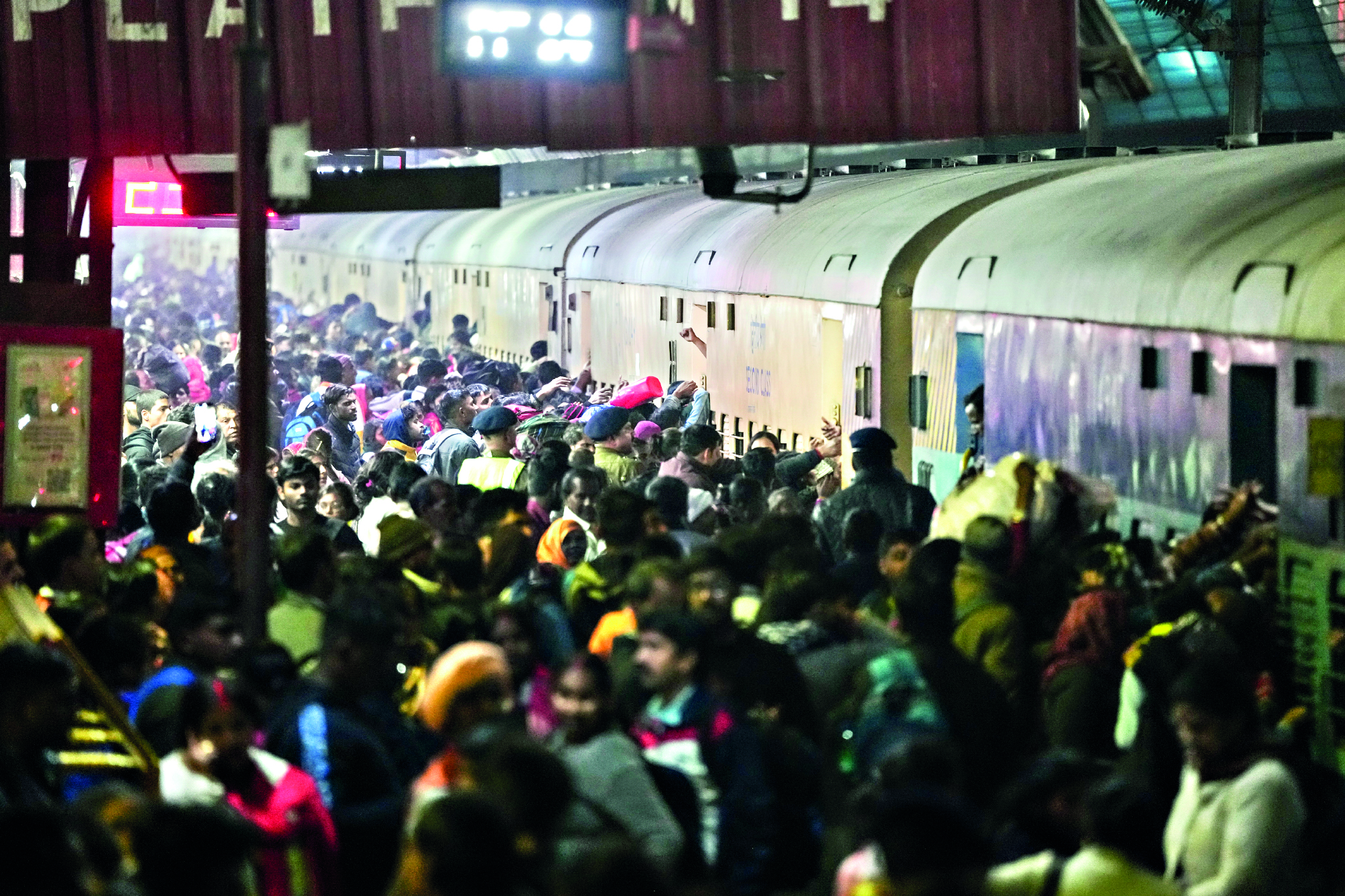
New Delhi: The tragic stampede at New Delhi Railway Station on February 15, which claimed 18 lives, has been attributed primarily to traumatic asphyxia and severe injuries, according to postmortem reports.
Out of the 18 victims, 15 died due to traumatic asphyxia caused by external chest compression, while two succumbed to hemorrhagic shock due to injuries to the lungs, heart, and liver. One victim died from severe cerebral damage caused by blunt force impact to the head. All injuries have been confirmed as ante-mortem in nature and fresh in duration, indicating that they occurred during the chaotic incident.
The stampede occurred on Platform 14 when a sudden surge of passengers, eager to board trains bound for Prayagraj for the Maha Kumbh festival, led to panic and overcrowding. The situation worsened after train delays and an announcement regarding a special train, which caused further confusion among passengers.
In response to the incident, the Ministry of Railways has set up a two-member committee to investigate the causes of the disaster and identify lapses in crowd management. Additionally, authorities have requested the removal of 285 social media posts containing videos of the stampede, citing ethical concerns and the risk of misinformation.
This devastating incident comes just weeks after another stampede at the Maha Kumbh Mela in January, which resulted in the deaths of 30 people. The tragedy has once again highlighted the urgent need for improved crowd control measures and better coordination during major religious and public gatherings.




